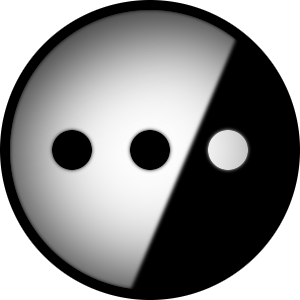Hi Redshift isn’t maintained anymore and lately redshift-gtk doesnt start anymore (something about a python circular dependancy).
What should we use?
It is probably a good idea to mention what Redshift actually is, since it’s far from the top result in a search, and a lot of people associate that word with an AWS product by the same name. Wikipedia describes the Redshift you presumably mean as:
an application that adjusts the computer display’s color temperature based upon the time of day.
It also mentions that gammastep is a more recent fork, but it has not had any commit activity for 2.5 years, so gammastep might be abandoned as well.
KDE has similar functionality built-in. (Called night color, you can find it in display settings, and add a control icon in the taskbar).
GNOME has too. There it’s called nightlight
Budgie might ship with an applet, that enables the functionality as well (not sure, it’s been a while, since I last used this DE)
Use dark mode at night and you won’t need Redshift any more. It’s only relevant for white screens.
PS: This IS in fact the optimal solution - if not for you then for others. I used Redshift for years, suffering its periodic breakages, babysitting the timezone issue, and it was worth it, because a retina-searing reddish-white screen is better than a retina-searing whitish-white screen. But a dark screen is SO much better for my eyes than either of those. I can’t believe I waited so many years to do that and I’m never going back.
Definitely disagree, dark mode doesn’t change the temperature of other things you are viewing such as images and video
Sure, images and video are the exception. But I figure that a redshift app can only help so much when a video suddenly cuts to a picture of a white sky. That’s really another problem: choppy contrast. Only solution is to increase ambient light behind the screen.
I don’t think you understand how the redshift app works then? It’s not meant to stop bright lights, it is meant to remove blue light to mimic the light of evenings
f.lux ?
Both gnome and KDE have this functionality built-in to the system now. It’s under display settings.



